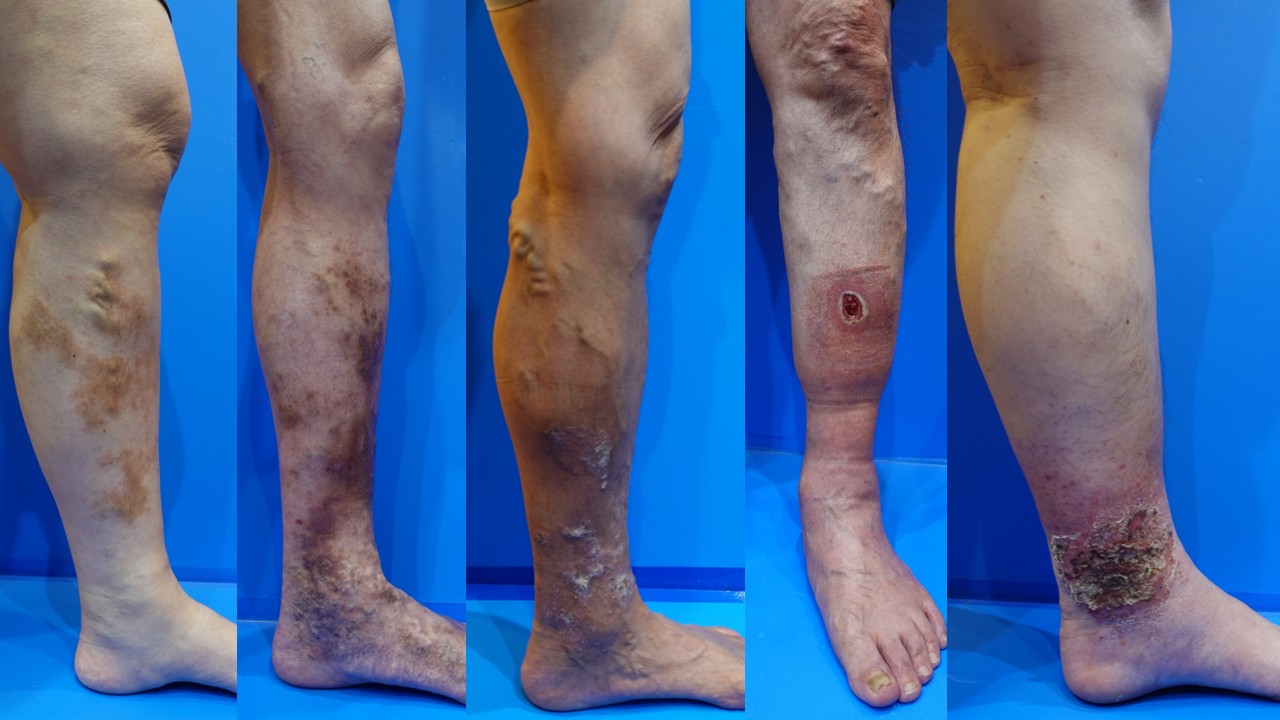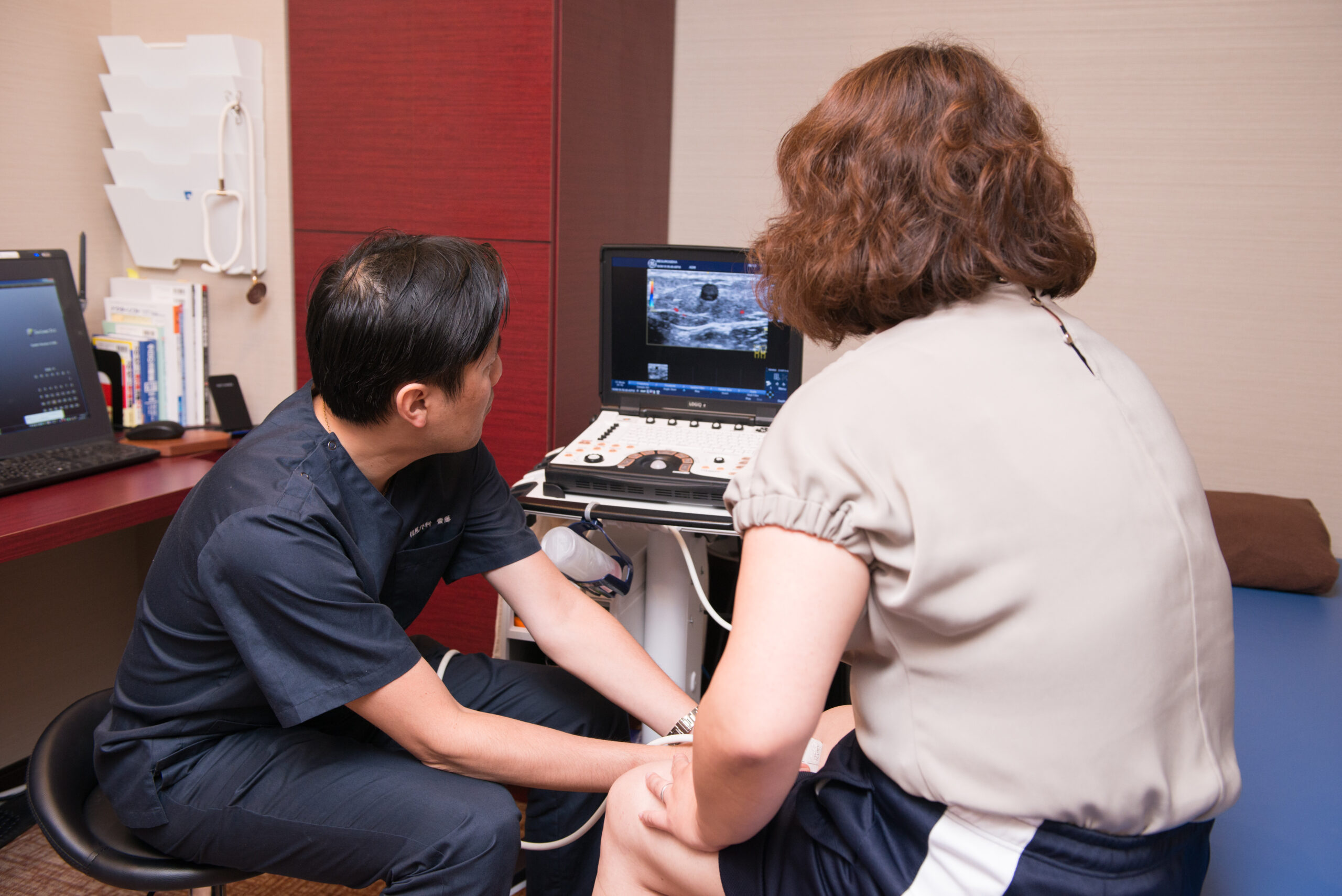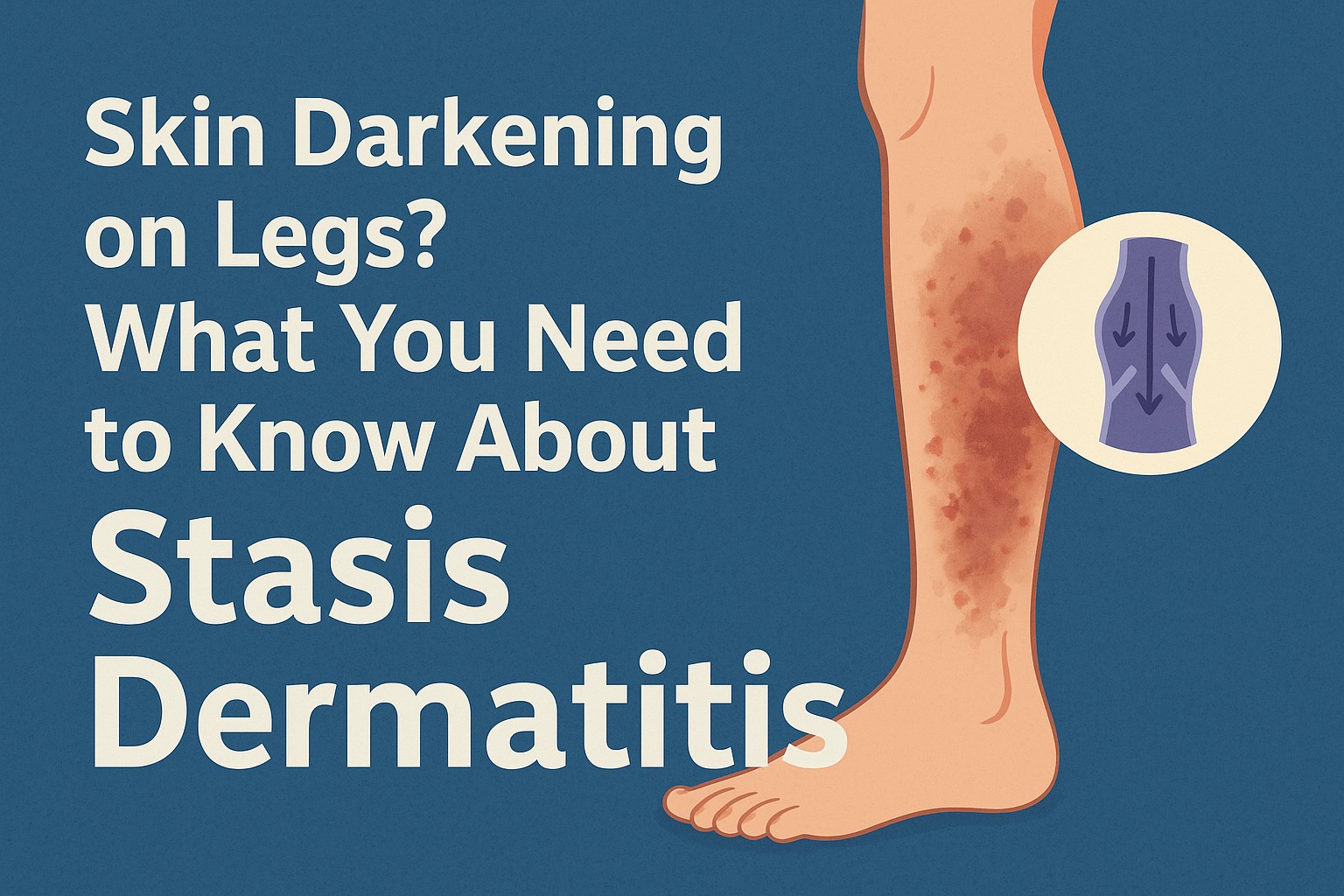Watch Out for Darkening Skin on Your Legs! What Is Stasis Dermatitis and How Is It Treated?
Have you noticed brown or purple discoloration, persistent eczema, or itching on your legs? These could be signs of stasis dermatitis, a skin condition often caused by underlying venous disease. If your skin symptoms don’t improve even after seeing a dermatologist, there may be hidden vascular issues such as varicose veins to blame.
What Is Stasis Dermatitis? The Strong Link with Varicose Veins
Stasis dermatitis is a chronic skin condition caused by poor blood flow in the veins of the lower legs. Healthy veins have valves that help return blood to the heart. But long hours of standing, aging, or heredity can damage these valves, causing blood to pool in the legs—a condition known as varicose veins or chronic venous insufficiency.
As blood flow worsens, red blood cells and proteins leak out of the vessels and trigger inflammation in the skin. This results in eczema, itching, swelling, and discoloration (hyperpigmentation). In more severe cases, venous ulcers can form—painful wounds that are hard to heal.

Skin damage caused by varicose veins
Main Symptoms and Warning Signs You Shouldn’t Ignore
Stasis dermatitis symptoms are mild in the early stages and often mistaken for aging or dry skin. But the following changes are red flags:
- Swelling in the legs (especially noticeable in the evening)
- Eczema or itching around the ankles or calves
- Skin discoloration in brown or purple tones
- Hard, leathery skin texture (lipodermatosclerosis)
- Persistent dryness, cracking, or flaking
- Small wounds that won’t heal, progressing into venous ulcers
- Leg heaviness, fatigue, or cramps
Even if you notice just one of these signs, it’s time to consider not only a skin issue but also a possible venous disorder.
Why Dermatological Treatment Alone Often Fails
Many patients receive steroid creams or moisturizers from dermatologists. While these may temporarily relieve symptoms, the underlying blood flow problem remains. Unless the vascular issue is addressed, the skin condition is likely to recur.
At our clinic, we conduct ultrasound (venous duplex) exams to check for varicose veins and blood flow reversal. This simple, non-invasive test takes only about 10 minutes but is crucial for identifying the root cause.

Ultrasound is essential for diagnosing varicose veins
Treatment Options for Stasis Dermatitis
Conservative Treatment (Compression & Skin Care)
The first step is compression therapy using medical-grade stockings. By applying proper pressure to the legs, they prevent blood from pooling, reduce swelling, and relieve itching. Skincare with moisturizers and steroid creams is also important to manage inflammation.
Surgical Treatment (Endovenous Procedures)
If conservative therapy is not enough, we recommend endovenous laser ablation or glue therapy (VenaSeal). These are minimally invasive, outpatient procedures with little pain or downtime. By sealing off the faulty veins, they resolve the underlying cause of the stasis dermatitis.
Daily Self-Care Tips
- Elevate your legs (use a cushion while resting or sleeping)
- Move your ankles or do gentle leg stretches and walking
- Daily moisturizing and keeping skin clean
- Manage your weight and limit salt intake
- Avoid long periods of standing or sitting still
Frequently Asked Questions (FAQ)
- Q. Can stasis dermatitis heal on its own?
- A. No. As long as varicose veins are untreated, stasis dermatitis rarely heals naturally. Early treatment is important.
- Q. I’m scared of surgery. How invasive is it?
- A. We use sedation and local anesthesia, so you’ll feel no pain. The procedure takes about 30–60 minutes, and you can walk home afterward.
- Q. Do I have to wear compression stockings all day?
- A. They’re most effective when worn during the day. You usually don’t need to wear them while sleeping.
Consultation at The Varicose Vein Clinic TOKYO®
At The Varicose Vein Clinic TOKYO®, our board-certified vein specialists offer comprehensive care—from diagnosis with ultrasound to outpatient surgery. We also coordinate with dermatologists to treat patients with complex skin symptoms.




